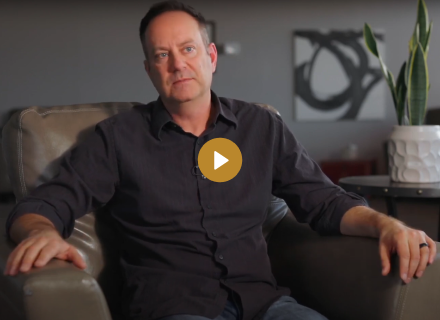By Floyd Godfrey, PhD
Over the years, my work with adolescent boys struggling with compulsive pornography use has revealed a recurring theme: their behavior is often a reflection of emotional turmoil. Adolescence is an inherently confusing and emotionally turbulent time. The rapid development of physical, emotional, and sexual identities, combined with societal pressures, can leave young men feeling overwhelmed. During this critical stage, many boys may turn to pornography as a way to cope with their unresolved emotional struggles, seeking relief from feelings of stress, depression, or anxiety.
Compulsive pornography use, in many ways, mirrors other forms of addiction. Adolescents who feel lost, anxious, or disconnected often turn to pornography as an emotional crutch. In today’s digital age, pornography is readily accessible, providing an immediate, albeit temporary, escape from the pain or discomfort they feel internally. For these boys, pornography functions as a drug—offering a numbing effect that allows them to avoid confronting their emotional distress.
Understanding this behavior through the lens of emotional avoidance is crucial. Many of these teens are grappling with confusion about their budding sexuality, but underlying their struggles with pornography is a more significant emotional conflict. Feelings of inadequacy, fear of rejection, or unresolved childhood trauma often fuel their compulsive behavior. Rather than processing these emotions in a healthy way, they may find themselves stuck in a cycle of shame and secrecy, which only reinforces their dependency on pornography as a coping mechanism.
The role of parents, clergy, and other mentors is essential in guiding these young men. Adolescents need loving, supportive figures who can help them navigate their emotional landscape and emerging sexuality without judgment or shame. Open, compassionate communication is key. Parents and mentors must create an environment where teens feel safe expressing their emotions and asking questions about sexuality. Offering guidance and affirmation during this confusing time can help young men develop healthier coping mechanisms and resist the lure of pornography.
Additionally, it’s important for parents and mentors to recognize the signs of emotional distress that may be driving the compulsive behavior. Mood swings, isolation, anxiety, or withdrawal from family and friends can all be indicators that a teen is struggling internally. Early intervention is critical. By addressing the root causes of emotional distress—whether they stem from academic pressures, social difficulties, or unresolved childhood issues—adults can help adolescents find healthier outlets for their emotions.
It is also essential to frame pornography for what it often is in the lives of these teens: a distraction from deeper pain. When adolescents feel emotionally nurtured and understood, they are less likely to turn to pornography as an escape. Instead, they can begin to process their feelings in healthier ways, with the support of trusted adults who are willing to walk beside them on their journey toward emotional maturity.
In conclusion, pornography use among adolescent boys is not simply a “bad habit” or a lack of self-control. More often, it is a sign of deeper emotional struggles that need attention and care. By fostering open communication and providing a supportive environment, parents, clergy, and mentors can play a pivotal role in helping teens navigate the complexities of their emotions and their sexuality, reducing the allure of pornography and promoting long-term emotional health.
Floyd Godfrey, PhD, is a Clinical Sexologist and a Certified Sex Addiction Specialist. He has been guiding clients since 2000 and currently speaks and provides consulting and mental health coaching across the globe. To learn more about Floyd Godfrey, PhD, please visit his website: www.FloydGodfrey.com.



